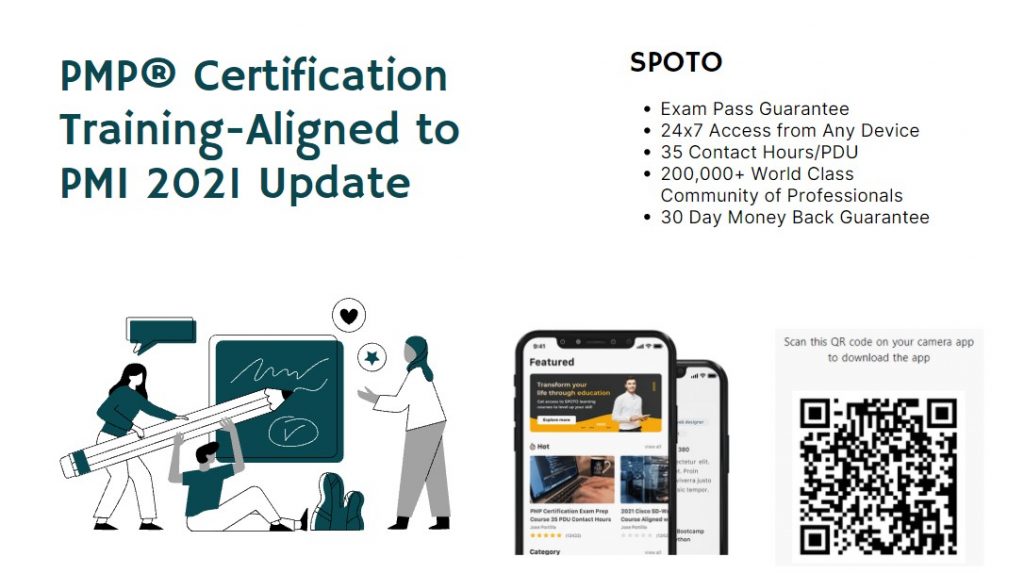Individuals or groups with a stake in the project or the company are referred to as stakeholders. Internal stakeholders and external stakeholders are two types of stakeholders. Internal stakeholders are typically stockholders and employees, including executive officers and members of the board of directors. External claimants are any other individuals or groups who have been impacted by the company’s actions.
Customers, suppliers, the government, unions, competitors, local communities, and the general public are common examples. Each stakeholder has its own set of responsibilities and expectations. Employees contribute labor and skills in exchange for a living wage and job satisfaction. Customers want good value for their money. Suppliers are looking for dependable buyers. Unions demand benefits in proportion to their members’ contributions to the company. Companies that are responsible citizens are desired by local communities. The general public wants assurance that the company’s existence will improve their quality of life. The government is adamant about following legislative regulations. Even rivals want to compete fairly.
A company must consider these claims when developing its strategies, or else stakeholders may withdraw their support or cause problems with project management. As a result, the mission statement serves as the company’s formal commitment to its stakeholders.
ANALYSIS OF STAKEHOLDER IMPACT
A business cannot always meet the expectations of all stakeholders. Different groups’ expectations may clash, and few organizations have the resources to manage all stakeholders. Labor union claims for higher wages, for example, may clash with consumer demands for reasonable prices and stockholder demands for acceptable returns. Occasionally, the company must make a decision. To do so, it must identify the most important stakeholder and prioritize strategies that meet their needs.
Typically, stakeholder impact analysis entails the steps outlined below.
1. Stakeholder identification
2. Determining stakeholder interests and concerns
3. Identifying the types of claims that stakeholders are likely to make against the organization
4. Identifying the most important stakeholders from the organization’s perspective.
5. Identifying the strategic challenges that resulted
If community involvement is identified as a critical stakeholder claim, it must be incorporated into the mission statement, and any strategies that contradict it must be rejected. Managers should pursue strategies that maximize stockholder wealth and are in the best interests of the stockholders.

STAKEHOLDER MANAGEMENT
You should be clear about what is in and out of the scope of your project from the start. This will establish the ground rules and expectations for all stakeholders. You can increase the likelihood of your project’s acceptance by attempting to negotiate or persuade your stakeholders to meet project objectives. Furthermore, be proactive in addressing issues and discussing potential threats in order to manage risks effectively. The open feedback will enable a more efficient resolution of known issues and a more successful completion of your project.
Being able to communicate with your stakeholders and negotiate conflict will help to ensure that those stakeholders with a high level of interest and influence are satisfied and informed. Your stakeholders will not support you if you do not communicate issues and changes through skilled negotiations, presentations, and documents. Create a register or list of all relevant stakeholders to actively manage their expectations. This list should demonstrate a stakeholder’s level of interest as well as influence. When you need to communicate with your stakeholders, keeping detailed issue and changelogs can be useful. By defining a template for success, having a concise and thorough project management plan that covers the project scope, goals, and ground rules can help reduce problems in your communication with stakeholders.
CONCLUSION
Managing stakeholders’ expectations throughout the project life cycle is critical to the project’s success. This is supported by project surveys that consistently highlight this fact. However, keep in mind that given the various project and organizational constraints, it is impossible to meet all of the expectations of all stakeholders.





